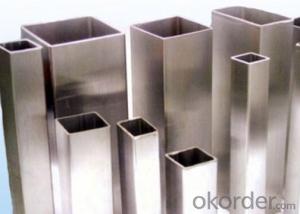Aluminum foil is a versatile material that can be used for a variety of purposes, including as a tool for children’s learning and play. This article aims to explore the many ways in which aluminum foil can be utilized to engage children in creative and educational activities.
The Magic of Aluminum Foil
Aluminum foil is a magical material for kids. It’s shiny, malleable, and can be easily manipulated into countless shapes and forms. It’s also a great way to introduce children to the concept of recycling and sustainability, as it can be reused and repurposed in many different ways.
Unleashing Creativity with Aluminum Foil
One of the best ways to use aluminum foil with kids is to encourage them to use their imagination and creativity. Here are some fun and engaging activities that can be done with aluminum foil:
– Crafting and Sculpting: Aluminum foil is perfect for making 3D art pieces. Kids can mold it into animals, flowers, or even abstract shapes. This activity not only stimulates creativity but also helps develop fine motor skills.
– Origami: The art of paper folding can be adapted to aluminum foil, allowing for more complex and sturdy creations.
– Science Experiments: Aluminum foil can be used in various science experiments, such as demonstrating heat conduction or insulation.
– Sensory Play: For younger children, aluminum foil can be crumpled and flattened to create a unique sensory experience.
– Fashion Design: Older kids can use aluminum foil to create wearable art, such as hats, dresses, or accessories.
Educational Benefits of Aluminum Foil Play
Beyond just being fun, playing with aluminum foil offers several educational benefits:
– Problem Solving: When children are tasked with creating something out of aluminum foil, they must think about the best way to manipulate the material to achieve their desired outcome.
– Spatial Awareness: Working with aluminum foil helps children develop an understanding of three-dimensional space.
– STEM Skills: Many activities involving aluminum foil can be tied into STEM (Science, Technology, Engineering, and Math) concepts, such as geometry and physics.
– Environmental Awareness: By reusing aluminum foil, children learn about the importance of recycling and reducing waste.
Safety Tips for Aluminum Foil Play
While aluminum foil is generally safe for children to use, there are some precautions to keep in mind:
– Always supervise children during play to ensure they do not accidentally ingest or inhale the foil.
– Provide age-appropriate activities to match the child’s developmental stage and abilities.
– Use scissors or other tools with caution and only under adult supervision.
Encouraging Exploration and Innovation
Aluminum foil provides a blank canvas for children to explore and innovate. It’s a simple material that can be transformed into something extraordinary with a little imagination. Encouraging children to play with aluminum foil not only fosters creativity but also instills a sense of wonder and curiosity about the world around them.
Final Thoughts
In conclusion, aluminum foil is more than just a kitchen essential; it’s a powerful tool for children’s learning and development. By incorporating aluminum foil into play and learning activities, we can inspire the next generation to think creatively, solve problems, and care for the environment. So, the next time you’re about to recycle that piece of aluminum foil, consider saving it for a fun and educational kids’ project instead.

